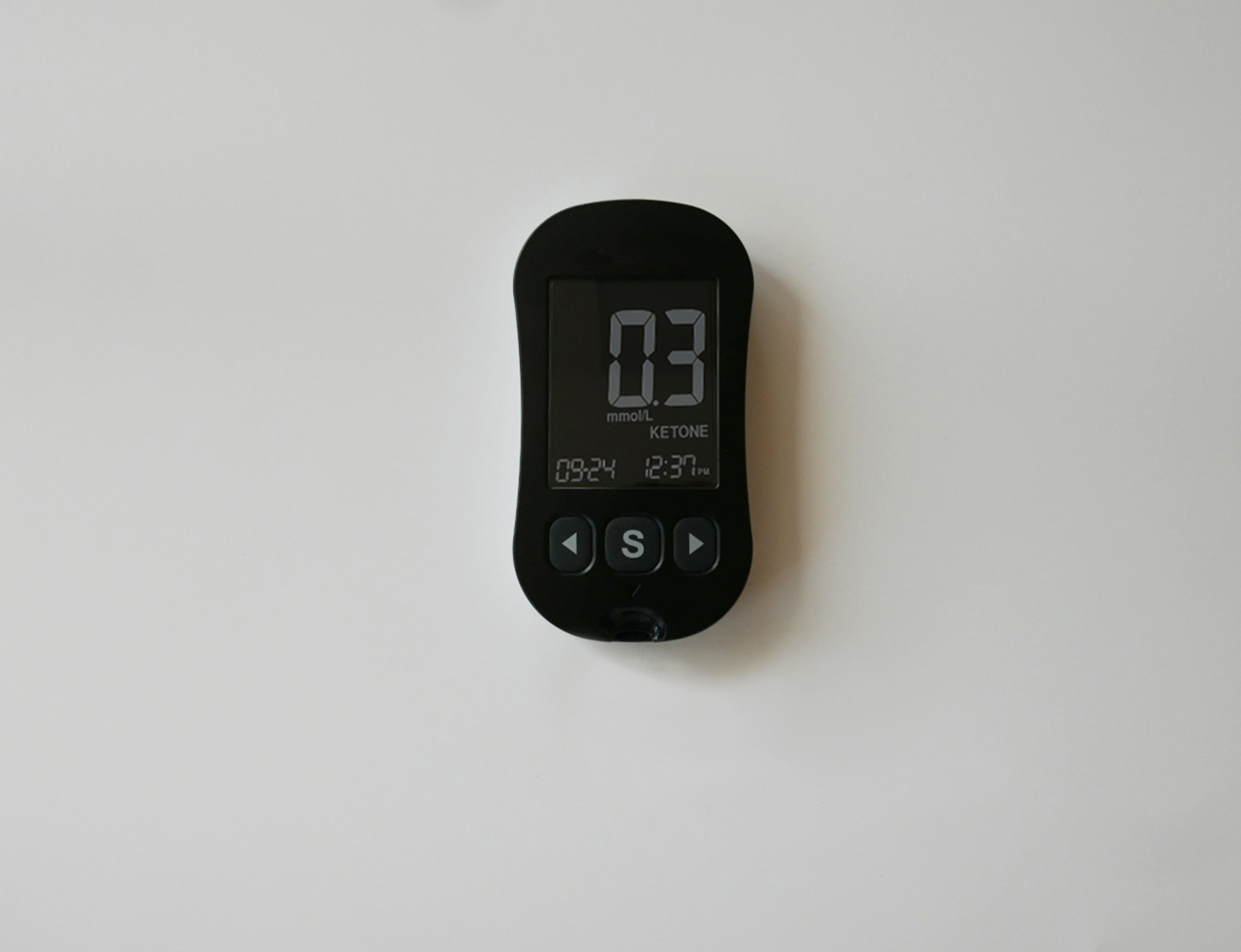High blood pressure or hypertension is a common medical condition affecting millions of people worldwide. It is a major risk factor for heart disease, stroke, and other serious health problems.
Blood pressure is the force exerted by the blood against the walls of the arteries, and it is measured by two numbers: systolic and diastolic. In the past, the guidelines for determining blood pressure were straightforward, but in recent years, there have been some changes.
In this article, we will discuss the revamped guidelines on determining blood pressure and what they mean for patients and healthcare professionals.
What are the New Guidelines?
In November 2017, the American Heart Association and the American College of Cardiology released new guidelines for determining blood pressure. The new guidelines lower the threshold for high blood pressure from 140/90 mmHg to 130/80 mmHg.
This means that more people will be classified as having high blood pressure than before, which will increase the number of patients requiring treatment.
What Does this Mean for Patients?
If you have high blood pressure, these new guidelines mean that you may need to take more aggressive steps to lower your blood pressure.
This could include making lifestyle changes such as increasing your physical activity, eating a healthier diet, losing weight, and reducing your salt intake. In some cases, you may also need to take medication to lower your blood pressure. If you are already taking medication for high blood pressure, your healthcare provider may need to adjust your dosage or switch you to a different medication.
If you have blood pressure between 120/80 mmHg and 129/79 mmHg, you are considered to have elevated blood pressure. This is not yet high blood pressure, but it is a warning sign that you may be at risk for developing hypertension in the future.
If you fall into this category, your healthcare provider may recommend lifestyle changes to lower your blood pressure and reduce your risk of developing high blood pressure.
Why Were the Guidelines Changed?
The new guidelines were based on the latest research and evidence about the risks associated with high blood pressure.
The previous guidelines were based on studies that were conducted more than a decade ago, and since then, there has been a significant amount of new research that shows the risks of high blood pressure start at lower levels than previously thought. By lowering the threshold for high blood pressure, healthcare providers can identify patients who are at risk for serious health problems earlier and provide them with appropriate treatment and management.
What Do the Guidelines Mean for Healthcare Professionals?
The new guidelines mean that healthcare professionals will need to adjust their approach to diagnosing and treating high blood pressure.
They will need to identify patients who are at increased risk for developing hypertension and work with them to develop a treatment plan that may include lifestyle changes and medications. Healthcare professionals will also need to reevaluate their current patients to see if the new guidelines affect their treatment plan and make adjustments as needed.
What Are the Risks of High Blood Pressure?
High blood pressure is a major risk factor for heart disease, stroke, kidney disease, and other serious health problems.
When the force of blood against the walls of the arteries is too high, it can cause damage to the blood vessels and lead to a buildup of plaque. This can narrow the arteries and increase the risk of heart attack, stroke, and other cardiovascular problems. High blood pressure can also lead to kidney problems, vision loss, and cognitive decline.
What Can You Do to Lower Your Blood Pressure?
There are several things you can do to lower your blood pressure, including making lifestyle changes and taking medication. Some lifestyle changes that can help lower blood pressure include:.
- Getting regular exercise
- Eating a healthy diet that is low in sodium and high in fruits and vegetables
- Losing weight if you are overweight or obese
- Reducing stress through activities such as meditation, yoga, or deep breathing
- Avoiding tobacco and limiting alcohol consumption
If lifestyle changes are not enough to lower your blood pressure, your healthcare provider may recommend medication.
There are several types of medications that can be used to treat high blood pressure, including diuretics, ACE inhibitors, beta blockers, calcium channel blockers, and others.
Conclusion
The new guidelines for determining blood pressure have significant implications for patients and healthcare professionals.
Lowering the threshold for high blood pressure means that more people will be classified as having hypertension, and healthcare providers will need to adjust their approach to diagnosing and treating the condition. Patients can take steps to lower their blood pressure through lifestyle changes and medication, and it is important to work with a healthcare provider to develop a treatment plan that is appropriate for their individual needs.






























